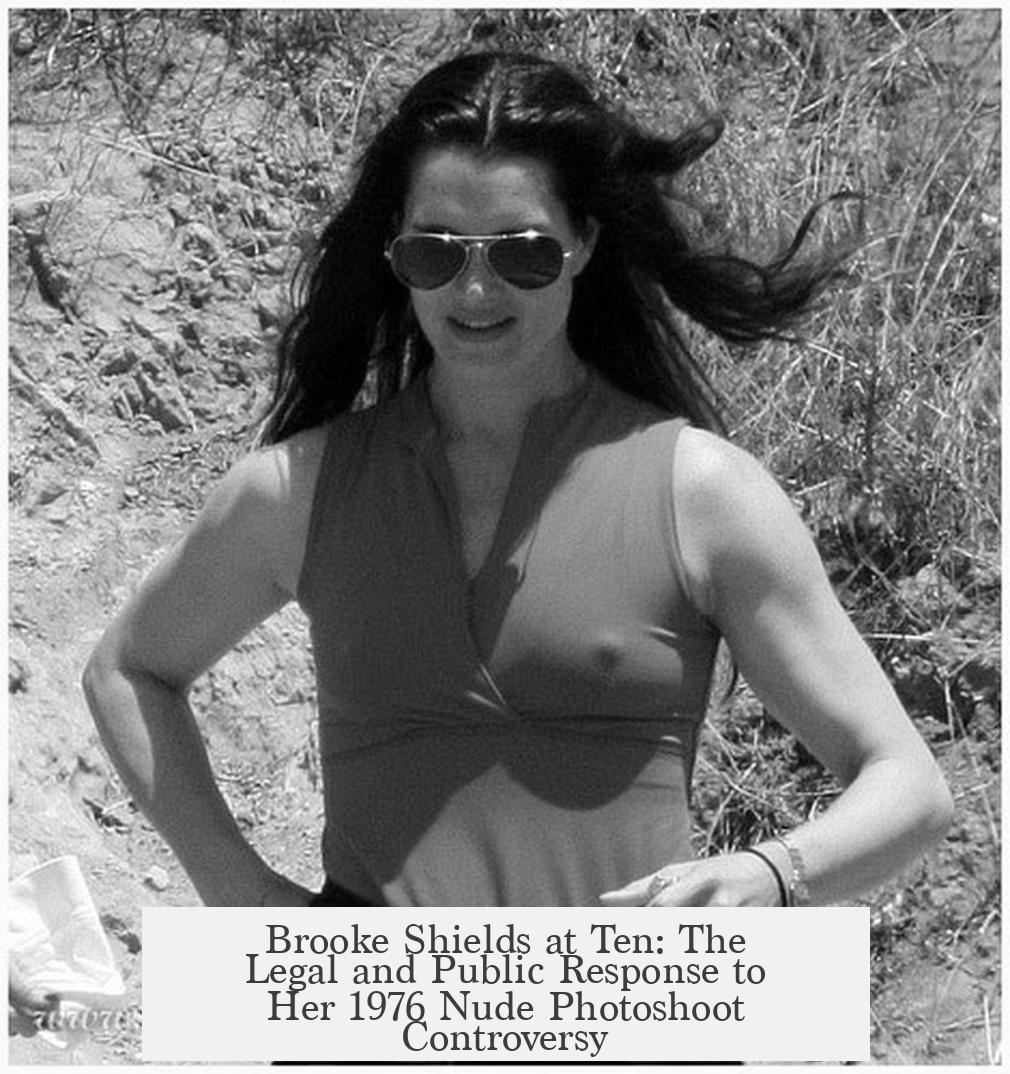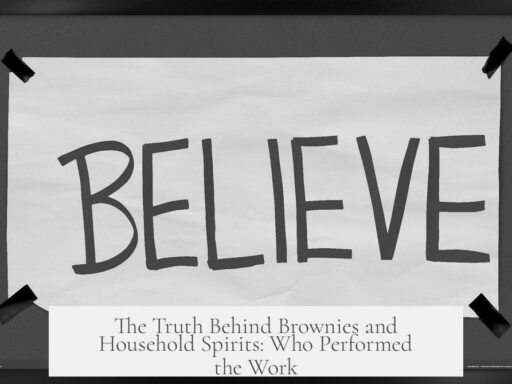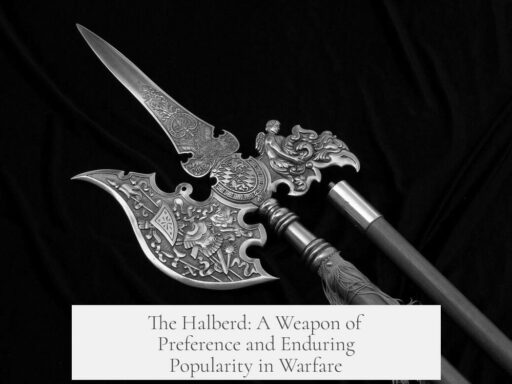In 1976, 10-year-old Brooke Shields posed nude for photographs that were legally published. These photos, while controversial, were not legally considered child pornography, and there was limited public outrage at the time due to the legal framework and societal standards in place.
Legally, the key factor distinguishing these photos from child pornography lies in their interpretation and context. The case that addressed these photos is Shields v. Gross (1983), a New York Court of Appeals decision. This case dealt with contract and copyright issues, not obscenity or child pornography directly. Importantly, a trial court found the photos to be non-pornographic. They depicted Brooke Shields nude in an artistic context, without sexually explicit content. The court noted that the images showed her alone, fully nude from the front in two photos, yet lacking any lewdness or sexual conduct.
Artistic nudity involving children has a long history and has often been treated differently from pornography. The Brooke Shields photos were seen in this tradition. The trial court even prevented publication of these photos in pornographic magazines, recognizing their non-pornographic nature. This is consistent with existing nudist magazines that show nude minors without legal repercussions because the content lacks sexual exploitation or explicit intent.
Defining pornography and obscenity in law remains complex. The U.S. Supreme Court developed tests like those in Roth v. United States (1957) and Miller v. California (1973) to evaluate obscene material. These tests consider community standards, prurient interest, and whether the work has serious literary, artistic, political, or scientific value. Shields’ photos failed the obscenity criteria, as they lacked sexual explicitness and held artistic value.
In 1975, when the photos were taken, the United States had limited laws specifically addressing minors in pornographic material. Only six states had statutes prohibiting minors’ participation, and federal prosecutions were rare and targeted mostly large-scale operators. Many publications featuring nudity, including that of minors, circulated openly within legal gray areas.
Public concern did exist and prompted legislative action. This outcry led Congress to pass the Protection of Children From Sexual Exploitation Act of 1977, signed in 1978. It criminalized the production and distribution of sexually explicit material involving minors under 16 (later raised to 18). “Sexually explicit” was strictly defined to include sexual intercourse, bestiality, masturbation, sadomasochistic abuse, or lewd exhibition of genitals. None of these applied to Brooke Shields’ photos, which avoided sexually explicit content.
The law enhanced law enforcement’s ability to tackle child exploitation but did not retroactively target earlier artistic or non-explicit nude images. The Shields case underscores the legal nuance differentiating artistic nudity from illegal child pornography, based largely on content, context, and intent.
The public reaction to the Brooke Shields photos was muted compared to modern standards. Society’s views on child protection and media representation evolved significantly in subsequent decades, increasing scrutiny around minors’ image use and safeguarding them from exploitation.
- The Brooke Shields nude photos were deemed non-pornographic by courts due to artistic context and lack of sexual explicitness.
- Legal definitions of obscenity and child pornography relied on tests focusing on community standards and explicit content.
- In 1975, U.S. laws against minors in pornography were limited, with few prosecutions at federal and state levels.
- Congress passed the Protection of Children From Sexual Exploitation Act in 1977 to strengthen existing laws, defining sexually explicit material narrowly.
- Public outrage was limited at the time; laws and societal norms were less developed than today.
In 1976, 10-Year-Old Brooke Shields’s Nude Photoshoots: How Was This Legal? And Where Was the Outrage?
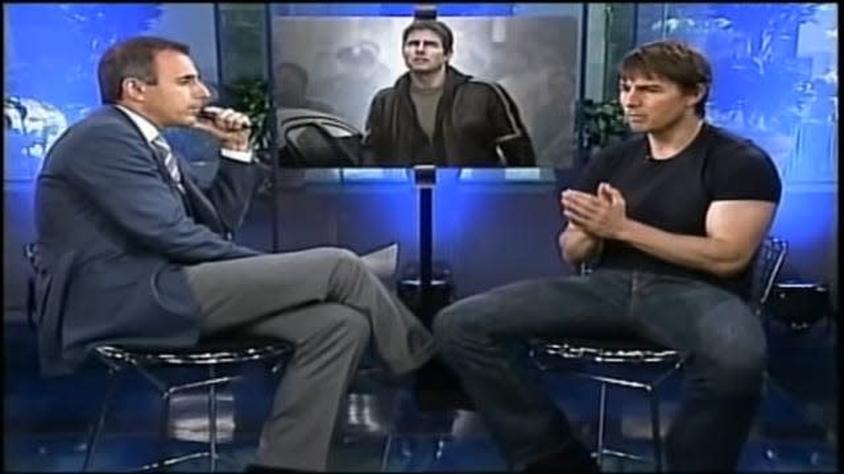
So, here’s the deal: In 1976, the then 10-year-old Brooke Shields did a series of nude photoshoots. Some sources claim these appeared in Playboy, or at least were associated with adult publications. This sparks an immediate, urgent question—how in the world was this legal? Was there public backlash? Let’s dive into this murky and quite sensitive topic with full facts and context.
Clearing the Air: Misconceptions and Terminology
First, let’s bust a big myth. The phrase “child pornography” is thrown around a lot. But it’s a loaded, evolving term. Historically, many sources, especially legal documents, used “child pornography” or CP. Today, law enforcement prefers “child sexual abuse material” (CSAM) to better capture the gravity. This post sticks to the historical lexicon for clarity.
Important note: This isn’t about endorsing any views, just laying out facts. Imagine walking into a minefield—you want clear steps to safely navigate, and that’s what we’ll do.
Were Brooke Shields’s Photos Really Pornographic?
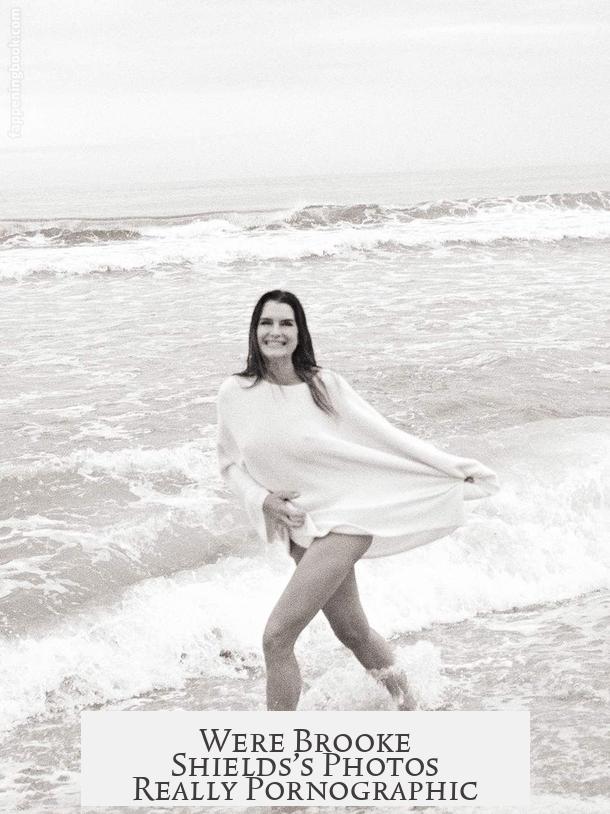
Believe it or not, a New York trial court and later appellate courts explicitly found the photos not to be pornographic. There’s an enlightening legal case, Shields v. Gross (58 N.Y.2d 338, 1983), tied to the photos, though it’s primarily about contracts and copyright—not obscenity.
So, what did the photos show? Artistic nudes, yes. Brooke Shields was alone, completely nude in two photos, but without any sexual poses or explicit acts. The court noted there was no sexual content “by any common definition.”
Think of famous art—child nudes appear in countless paintings and photographs from centuries ago till today. Nudist magazines often contain underage subjects as well, and while many find this distasteful, it doesn’t always cross the legal line.
Legal Tests on Obscenity: What Defines Pornography?
Let’s get a bit technical but bear with me. Defining obscenity or pornography is notoriously tricky in law. The U.S. uses community standards and intent.
- The Roth v. United States (1957) case introduced a test: is the material appealing solely to prurient interests and without any social value?
- The later Miller v. California (1973) case refined it. It kept community standards but added that the work must lack serious literary, artistic, political, or scientific value to be obscene.
In Brooke’s case, courts recognized the photos had artistic value, so they failed the “obscenity” criteria. Plus, local New York standards played a role, and courts prohibited publication in explicitly pornographic venues.
Wait… Were There Any Laws Against This Back Then?
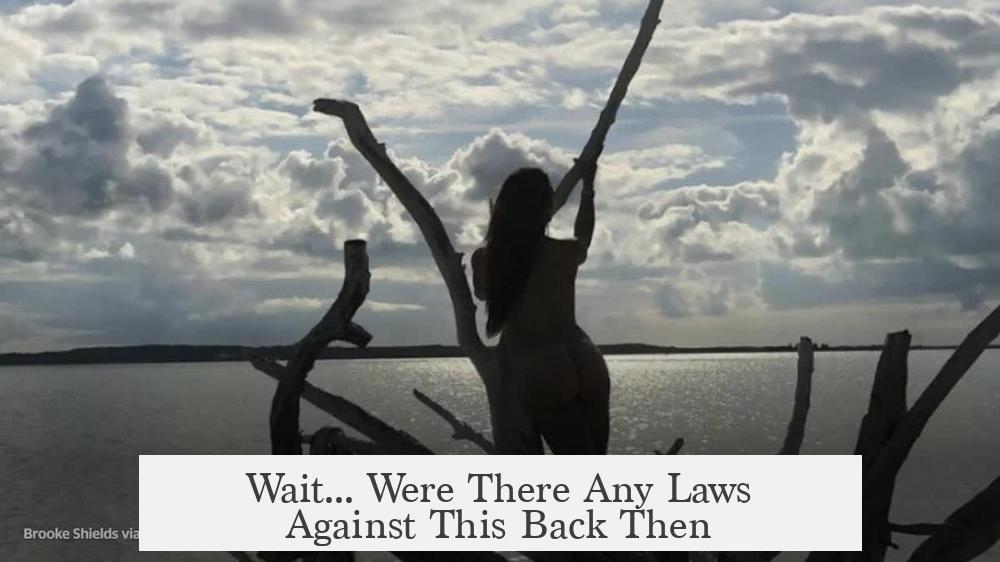
Here’s a shocker: In 1975, the U.S. barely had explicit laws banning minors in pornographic material. Only six states had such statutes. Federal agencies had little focus on minors in such content back then. The industry was surprisingly unregulated, with many adult magazines openly sold and mail-ordered.
That’s right—while today it feels obvious that such photoship is completely illegal, back then the law was a patchwork and far less strict.
Did Public Outrage Push for New Laws?
Yes. Growing concern over children’s exploitation did spark public outcry. Congress reacted with the Protection of Children From Sexual Exploitation Act of 1977, which finally passed in 1978.
This law created strict regulations on sexual material involving minors defined as those under 16 (later changed to 18). It criminalized sexual acts, lewd exhibitions of genitals, and many other categories. Crucially, Brooke Shields’s photos didn’t meet these definitions because they lacked sexually explicit conduct.
Congress acknowledged more federal tools were necessary to prosecute offenders effectively. After this, law enforcement began to intensify prosecutions.
So… Was There Public Outrage Over Brooke’s Photos?
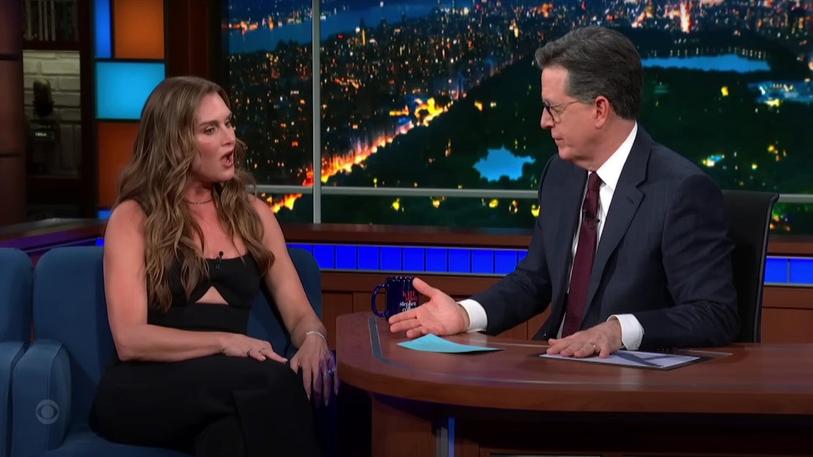
Interestingly, the public didn’t erupt in the way you might expect. Remember the photos were framed artistically and didn’t contain explicit content. The combination of legal ambiguity at that time and the artistic framing tempered reactions.
There was, of course, some discomfort and debate among adults and advocacy groups. But widespread outrage, like we’d expect today in social media’s age? That just didn’t happen. Brooke Shields was already a public figure, and the photos’ existence was less known or inflamed.
What Do These Events Teach Us?
- Legal definitions evolve: What passes for art in one era can be redefined as unacceptable in another.
- Context matters: Nude photos of kids aren’t a uniform category. Details on intent, pose, setting, and artistic value shape legality and public opinion.
- Regulation followed public concern: Laws tightened only after society voiced its concerns loudly enough.
- Protecting children is complex but vital: Today’s stringent laws reflect lessons from past oversights.
Practical Thoughts and How to Approach the Topic Today

Encountering discussions about past child nudity in media can be unnerving. It challenges assumptions about legality, art, and protection.
If you’re a parent, caregiver, or concerned citizen:
- Stay informed about current laws around child protection and media.
- Understand historical context—past legality does not equal moral acceptance now.
- Advocate for clear boundaries in photography and media involving minors.
- Teach children about privacy and consent in accessible ways.
For the curious, Brooke Shields’s situation is a snapshot of a different legal era—a reminder how laws catch up with societal values only after pressure. It’s a complex chapter from which we must learn.
Final Thoughts
The bottom line: Brooke Shields’s nude photos in 1976 were legally permissible because they were deemed non-pornographic and had artistic merit under the standards and laws of that time. Public outrage was limited, partly due to the photos’ framing and the era’s legal ambiguity. Major federal laws only tightened afterward, fueled by rising awareness and activism.
How would this be viewed today? Almost certainly differently, given how society and law fiercely protect child rights now. But studying this event reminds us law shapes and is shaped by changing values. And that sometimes the past holds uncomfortable stories that challenge easy answers.
Still curious? Dive into Shields v. Gross or explore how the Protection of Children From Sexual Exploitation Act shaped America’s legal approach to child protection—it’s a lesson in history, law, and ethics rolled into one.

